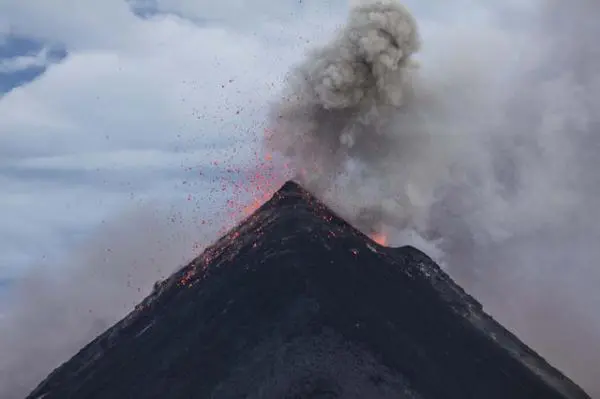There are nearly 165 volcanoes that are active in the United States today. If you have been watching the news, you may have heard about the eruption of the Kilauea volcano, located on Hawaii’s Big Island. Volcanoes can lay dormant for years, possibly even hundreds or much more. However, when they do erupt, the damage is devastating. Learn about volcanoes like the one wreaking havoc in Hawaii and tips for insurance adjusters working with clients.
What are Volcanoes?
Volcanoes are mountain-like formations with openings on the top, that can live in water or land. They are classified as active, inactive, or extinct. A majority of today’s active volcanoes are located in the “Ring of Fire,†which is a 25,000 boundary, somewhat semi-circle in shape, located in the Pacific Ocean. This area covers coastlines, water, and islands on or near Australia, Asia, Europe, North America, and South America.
Basics of Volcanic Eruptions
Volcanoes are filled with magma, which is made of hot liquid, minerals, rocks, and gasses. Magma becomes lava if they erupt and exit the volcano. It all begins when there is movement of the plate tectonics underneath the earth’s surface, it causes the magma to rise. Each volcano’s magma is different in thickness and consistency, which makes a difference in the destruction if it erupts.
Over time, while volcanoes lay dormant, energy may be building. The magma will slowly continue to rise until it eventually erupts out of the volcano. The lava may flow out during an eruption slowly, while some volcanoes have explosive eruptions.
In these cases, the magma bursts out so violently it changes construction into something called “tephra.†Tephra is rock-like and can be small and ashy or very large, even as big as a house! While slow moving, lava is also destructive.
Problems and Dangers
One of the primary dangers of volcanoes is the lava or tephra. Lava is hot liquid that is dangerous but slow moving. Those living in an area need to heed evacuation notices but when returning, homes, buildings, plants, landscaping, etc. can be destroyed. Land can be forever changed. The ash that comes out of volcanoes is also hazardous to humans, wildlife and plant life and tephra can be extremely dangerous because it can range in sizes to be as large as a house! The ground will move, mudslides and more can occur, making it a dangerous place to be. Breathing in tephra and other gasses is dangerous, too.
Tips for Insurance Adjusters
Residents and property owners in areas near volcanoes should have volcano insurance that protects their home and property from destruction. Be sure to fully review what type of insurance they have. Many are covered for the direct effects, such as lava, but may not be from natural disasters the occur because of the eruption. In many cases, insurance also does not cover the removal of the remnants of the lava or ash.
If your insurance agency ever deals with an influx of requests due to a volcano, Aspen Claims Service can help. Catastrophe claims are one of the many areas we excel in, helping you better serve your customers. Call us today at 888-819-5904 to see how we can help your business.




